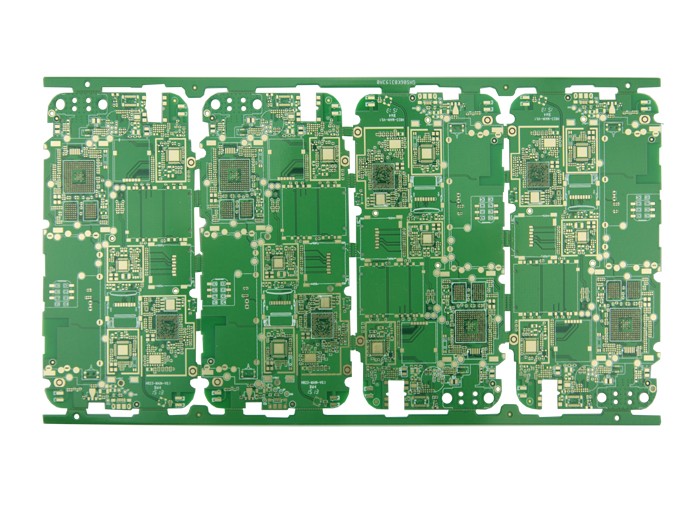When designing electronic circuits, more consideration is given to the actual performance of the product, rather than too much consideration of the product’s electromagnetic compatibility characteristics, electromagnetic disturbance suppression and electromagnetic anti-interference characteristics. In order to achieve its compatibility, it will be used in actual PCB design. Use the following circuit measures:

(1) Set a high-frequency decoupling capacitor for each integrated circuit. A small high-frequency bypass capacitor must be added to each electrolytic capacitor.
(2) Use large-capacity tantalum capacitors or polyester capacitors instead of electrolytic capacitors as charging and discharging energy storage capacitors on the circuit board. When using tubular capacitors, the case should be grounded
(3) Filter the signal entering the printed board, and filter the signal from the high-noise area to the low-noise area. At the same time, use a series of terminal resistors to reduce signal reflection.
(4) The useless terminals of MCU should be connected to power or ground through corresponding matching resistors. Or defined as the output terminal, the terminals that should be connected to the power supply and the ground on the integrated circuit must be connected, and do not float
(5) The input terminal of the gate circuit that is not in use should not be left floating, but connected to the power supply or ground through the corresponding matching resistor. The positive input terminal of the unused operational amplifier is grounded, and the negative input terminal is connected to the output terminal.
(6) Try to provide some form of damping (high-frequency capacitors, reverse diodes, etc.) for relays, etc.
(7) A resistor can be connected in series on the PCB board trace to reduce the transition rate of the lower and lower edges of the control signal line.
TIPS: In order to achieve compatibility when using circuit schematics for layout of PCB design, necessary circuit measures must be taken to improve the electromagnetic compatibility of their products. Will you take this approach, siege lions?
Basic principles of PCB board stackup design
In PCB design, considering the signal quality control factors, the general principles of PCB stacking are as follows:
1. The second layer adjacent to the component surface is the ground plane, which provides the device shielding layer and the top layer wiring to provide a reference plane.
2. All signal layers are as close as possible to the ground plane to ensure a complete return path.
3. Try to avoid two signal layers directly adjacent to each other to reduce crosstalk.
4. The main power supply is as close as possible to it correspondingly to form a plane capacitor to reduce the plane impedance of the power supply.
5. Taking into account the symmetry of the laminated structure, it is conducive to the warpage control during plate making.
The above are the general principles of stacking design. In actual stacking design, circuit board designers can increase the distance between adjacent wiring layers and reduce the distance between the corresponding wiring layer and the reference plane to control the crosstalk rate of wiring between layers. It is possible to use two signal layers directly adjacent to each other. For consumer products that pay more attention to cost, the way that the power supply and the ground plane are adjacent to the plane impedance can be weakened, so as to reduce the wiring layer as much as possible and reduce the PCB cost. Of course, the price of doing so is the risk of signal quality design.
For the backplane (Backplane or midplane) stacking design, in view of the common backplane it is difficult to achieve the adjacent traces perpendicular to each other, parallel long-distance wiring will inevitably appear. For high-speed backplanes, the general stacking principles are as follows:
1. Top surface and Bottom surface are complete ground planes, forming a shielded cavity.
2. There is no parallel wiring of adjacent layers to reduce crosstalk, or the distance between adjacent wiring layers is much larger than the reference plane distance.
3. All signal layers are as close as possible to the ground plane to ensure a complete return path.
It should be noted that when the specific PCB stacking is set up, the above principles should be flexibly used in the PCB design and application, and a reasonable analysis should be carried out according to the actual single board requirements.